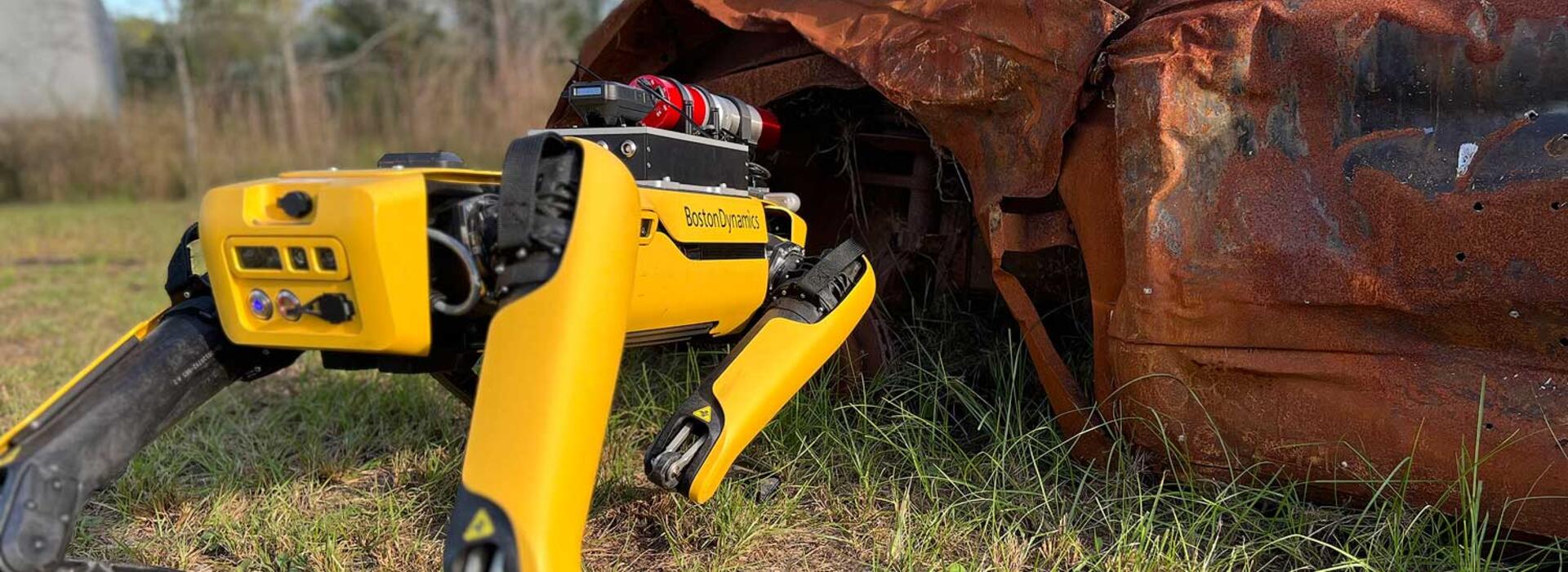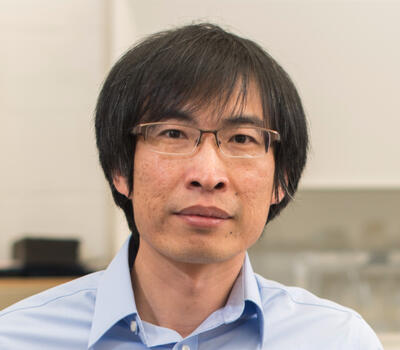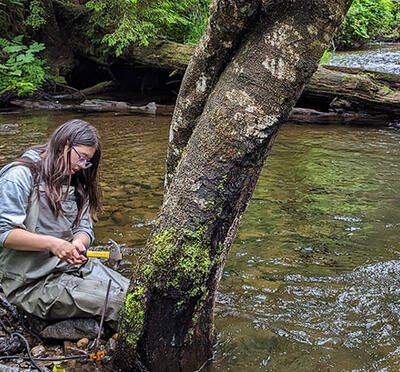For decades, the prospect of nuclear materials falling into the wrong hands has been a major concern for security experts.
“A lot of people could be harmed if any bad actors got their hands on these materials,” said Haori Yang, associate professor of nuclear engineering at Oregon State University’s College of Engineering.
Autonomous robots are helping detect radiation
Working under a five-year, $2.5 million grant from the Department of Homeland Security, Yang and his research team have been developing a variety of countermeasures designed to quickly and accurately locate illicit radioactive materials.
For one countermeasure, Yang worked closely with Joshua Handley, an assistant professor of nuclear science and the study’s co-principal investigator, to mount radiation detectors onto robots — most notably the four-legged autonomous robot named Spot, made by Boston Robotics. Others have used Spot as a platform for radiation sensors, but Yang’s approach differs in its high level of flexibility.
Smarter detection through sensor fusion
“Our work focuses on integrating various commercial, off-the-shelf sensors,” Yang said. “For example, if a particular radiation sensor operates only with one manufacturer’s software, there’s no incentive to enable the functionality of those sensors with other companies. That means you have a limited choice of what sensors you can use, and that leads to higher costs.”
Yang’s system can also accommodate “contextual” sensors, allowing GPS, motion detectors, cameras, and weather monitors to be mounted to Spot. Contextual sensors collect non-radiation-related information that provides environmental, positional, or situational context. When combined with readings from the radiation detector, the contextual information leads to more accurate detection, localization, and classification of radiation events.
Field-testing at Dragon Spear 2024
Yang and his team put Spot through its paces in the fall of 2024 at Dragon Spear 2024, a United States Special Operations Command demonstration conducted at a training facility in Perry, Georgia. Yang’s team had been invited to participate by DHS, the demonstration’s sponsor.
In one exercise, Spot picked its way through the hauntingly realistic wreckage of commuter rail carriages that had ostensibly been rocked by an explosion. Some cars had been derailed; others had been ripped in half. Spot investigated the scene and located radiation sources. The team conducted similar exercises in a mobile home and at several other sites at the facility.
According to Yang, the system’s performance satisfied the DHS. He added that Spot (and other robots) are also suitable for examining sites where radiation leaks have occurred, such as nuclear facilities. Because Spot is autonomous and decides for itself where to travel, humans involved in the operations can remain well clear of radiation threats.
Building a radiation sensor network
Yang’s most ambitious goal is the development of a broad-area-sensing array on campus. The array consists of a network of fixed stations, each equipped with sensors that are highly sensitive to signals from radioactive materials. For instance, if someone were carrying radioactive material in an automobile, the array could figure out the substance’s relative distance from different stations as it moves. Additional information from contextual sensors, such as cameras, could be used to greatly narrow down the location and movement of the dangerous substance.
“In a distributed sensor array, data is collected over time and from different locations,” Yang said. “This allows us to enhance threat identification and tracking by cross-referencing multiple alarm events. The methodology focuses on using contextual information from separate detection events to identify potential carriers of radioactive material. It would be very revealing, for instance, if one car or person triggers multiple detectors in a short time. Then we could factor in data from contextual sensors, such as motion detectors and GPS, to locate the radioactive material and learn how it is being transported.” (Yang emphasized that cameras are not now being used in his sensor array because of privacy concerns.)
So far, two of the unobtrusive radiation-sensing stations have been installed in the southwest area of the Corvallis campus. When complete, the network will include about 10 sensing stations, which Yang says will be enough to demonstrate its effectiveness.
Closing the gaps with mobile patrols
He also noted that networks with stationary sensors have an inherent weakness: If someone transporting radioactive material knows the location of all of the sensors, avoiding or skirting them could be done with relative ease. One possible solution is to incorporate sensor-carrying autonomous robots to roam within the network area.
“Patrolling robots used in combination with a stationary sensor array would make it much harder for the bad guys to circumvent the network, because there’s no way for them to know where all the mobile sensors are,” Yang said. “It’s not all that difficult for people to obtain radioactive materials. That’s why we put so much thought into these measures and take our work so seriously.”




